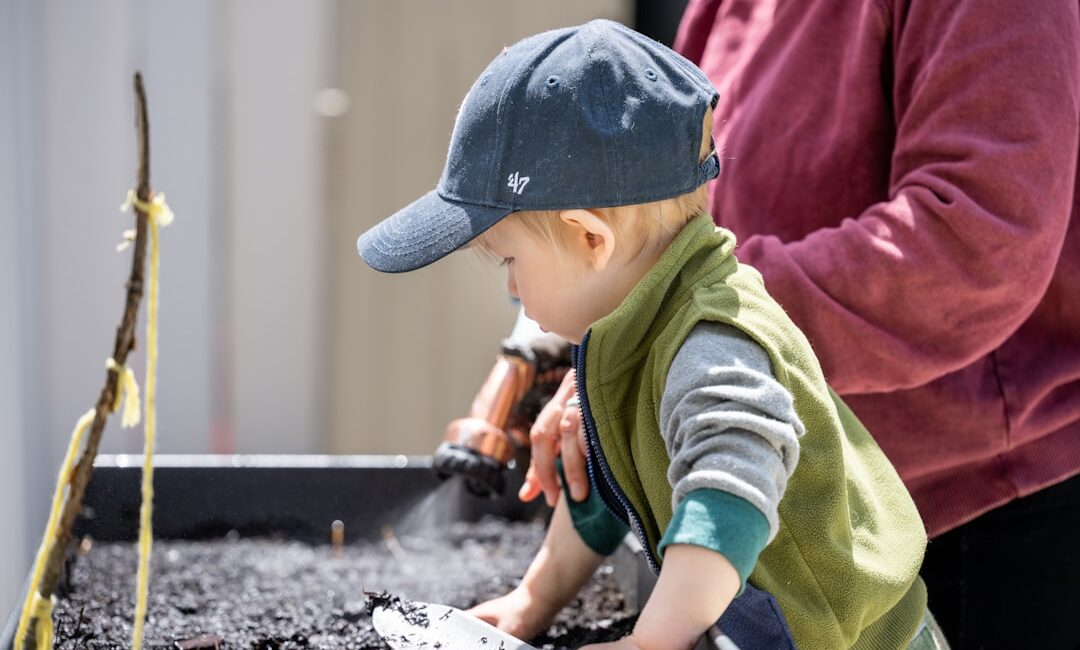Ever dreamed of harvesting fresh vegetables right from your backyard but don’t have the perfect soil for it? A raised garden bed might be the solution. These elevated planting areas offer better drainage, fewer weeds, and easier access—making them ideal for both beginners and experienced gardeners. This article walks through the simple steps to build one, from choosing the right materials to filling it with nutrient-rich soil. Whether you’re working with limited space or poor ground conditions, a raised bed can turn gardening challenges into a thriving green space. Let’s get started.
Benefits of Raised Beds

Raised garden beds have gained popularity among gardeners for their ability to transform challenging growing conditions into productive spaces. Unlike traditional in-ground gardens, these elevated structures allow for better control over soil quality, drainage, and pest management, making them an excellent choice for urban settings, rocky terrain, or compacted soil. By lifting plants above ground level, raised beds reduce the risk of soil erosion and provide easier access for planting, weeding, and harvesting. This method is particularly beneficial for those dealing with poor native soil, as it enables the use of customized soil blends rich in organic matter. Whether for growing vegetables, herbs, or flowers, raised beds offer a practical solution for cultivating healthy plants with minimal effort.
Raised garden beds offer several key advantages that make them a practical choice for gardeners. One of the most notable benefits is improved soil control, as gardeners can fill the beds with high-quality soil tailored to the specific needs of their plants. This eliminates the challenges of poor native soil conditions. Additionally, raised beds provide superior drainage, preventing waterlogging and root rot, which are common issues in traditional gardens. The elevated design also reduces soil compaction, as there’s no need to walk on the planting area, ensuring healthier root systems and better plant growth. These features combine to create an environment where plants thrive with less effort.
Raised garden beds offer precise control over soil quality, enabling gardeners to create an ideal growing environment tailored to specific plants. Unlike traditional gardens, where soil composition can vary widely, raised beds allow for the incorporation of nutrient-rich compost and well-draining materials from the start. This ensures healthier root systems and better plant growth. Additionally, their elevated design reduces the risk of soil compaction, which can hinder root development and water absorption. For gardeners dealing with challenging ground conditions, such as clay or rocky soil, raised beds provide a practical solution by bypassing these issues entirely. With these advantages, raised beds not only simplify gardening but also maximize the potential for a flourishing, low-maintenance garden. Transitioning from the benefits to the planning phase, the next step involves choosing the right location and materials to ensure long-term success.
Choosing Materials and Dimensions

When planning a raised garden bed, selecting the right materials and dimensions is the foundation for long-term success. Raised beds elevate plants above ground level, improving soil quality and reducing strain on the gardener, but their durability and functionality depend heavily on the choices made during this initial phase. Common materials include untreated wood like cedar or redwood for natural resistance to rot, composite lumber for low maintenance, or even galvanized metal for a modern look. The dimensions, meanwhile, should balance accessibility and space efficiency—typically no wider than 4 feet to allow easy reach from either side. Understanding these basics ensures the bed not only fits the garden’s layout but also supports healthy plant growth for years to come.
When selecting materials for a raised garden bed, durability and safety are key considerations. Untreated cedar or redwood are popular choices due to their natural resistance to rot and insects, ensuring the structure lasts for years. Alternatively, galvanized steel or recycled plastic offer low-maintenance options, though they may lack the rustic appeal of wood. The dimensions should balance accessibility and space efficiency—aim for a width of 3 to 4 feet to allow easy reach from either side, while the height (typically 12 to 24 inches) depends on root depth requirements and gardener comfort. Proper planning ensures the bed is both functional and long-lasting, making gardening a breeze.
When selecting materials and dimensions for a raised garden bed, it’s important to consider durability and functionality. Untreated cedar or redwood are popular choices for their natural resistance to rot, while galvanized steel or stone offer longevity for more permanent setups. The height should typically range between 12 to 18 inches to ensure proper root growth and ease of access, though deeper beds may be needed for root vegetables like carrots. Width should not exceed 4 feet to allow easy reaching from either side, while length can vary based on available space. By balancing these factors, gardeners can create a sturdy, practical bed that supports healthy plant growth and simplifies maintenance, setting the stage for the next step: assembling the structure.
Key Takeaways
Building a raised garden bed offers a practical solution for gardeners to overcome challenging growing conditions and achieve lush, easy gardening success. By elevating plants above ground level, raised beds provide improved soil control, allowing gardeners to fill the beds with high-quality soil tailored to specific plant needs. They also offer superior drainage, reducing the risk of waterlogging and root rot, and decrease soil compaction, ensuring healthier root systems and better plant growth. When planning a raised garden bed, selecting the right materials, such as untreated cedar or redwood, and dimensions, typically 3 to 4 feet wide and 12 to 24 inches high, is crucial for long-term success. A well-designed raised bed can be assembled with ease, providing easier maintenance and higher yields for both beginners and experienced gardeners. With proper care, a raised garden bed can become a thriving space for plants to flourish.
Conclusion
Building a raised garden bed is a simple yet transformative way to elevate your gardening experience. With proper materials, thoughtful design, and a little effort, you’ll create a thriving space for plants to flourish. Whether you’re a beginner or a seasoned gardener, this method offers better soil control, easier maintenance, and higher yields. Start small, stay consistent, and enjoy the rewards of a lush, productive garden. Your dream garden is just a raised bed away.





